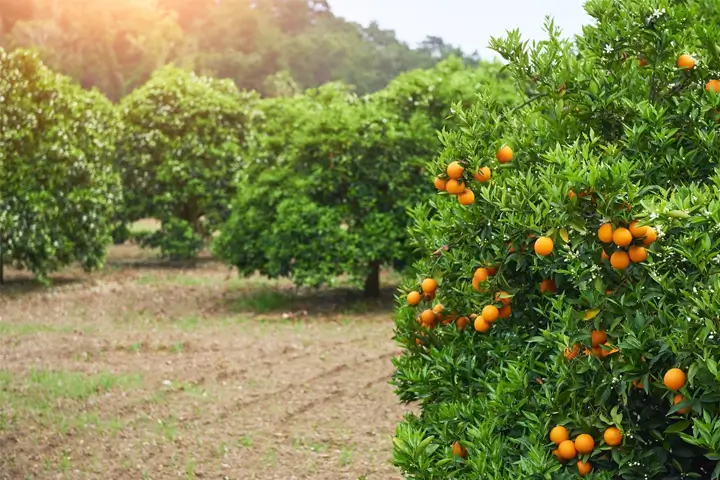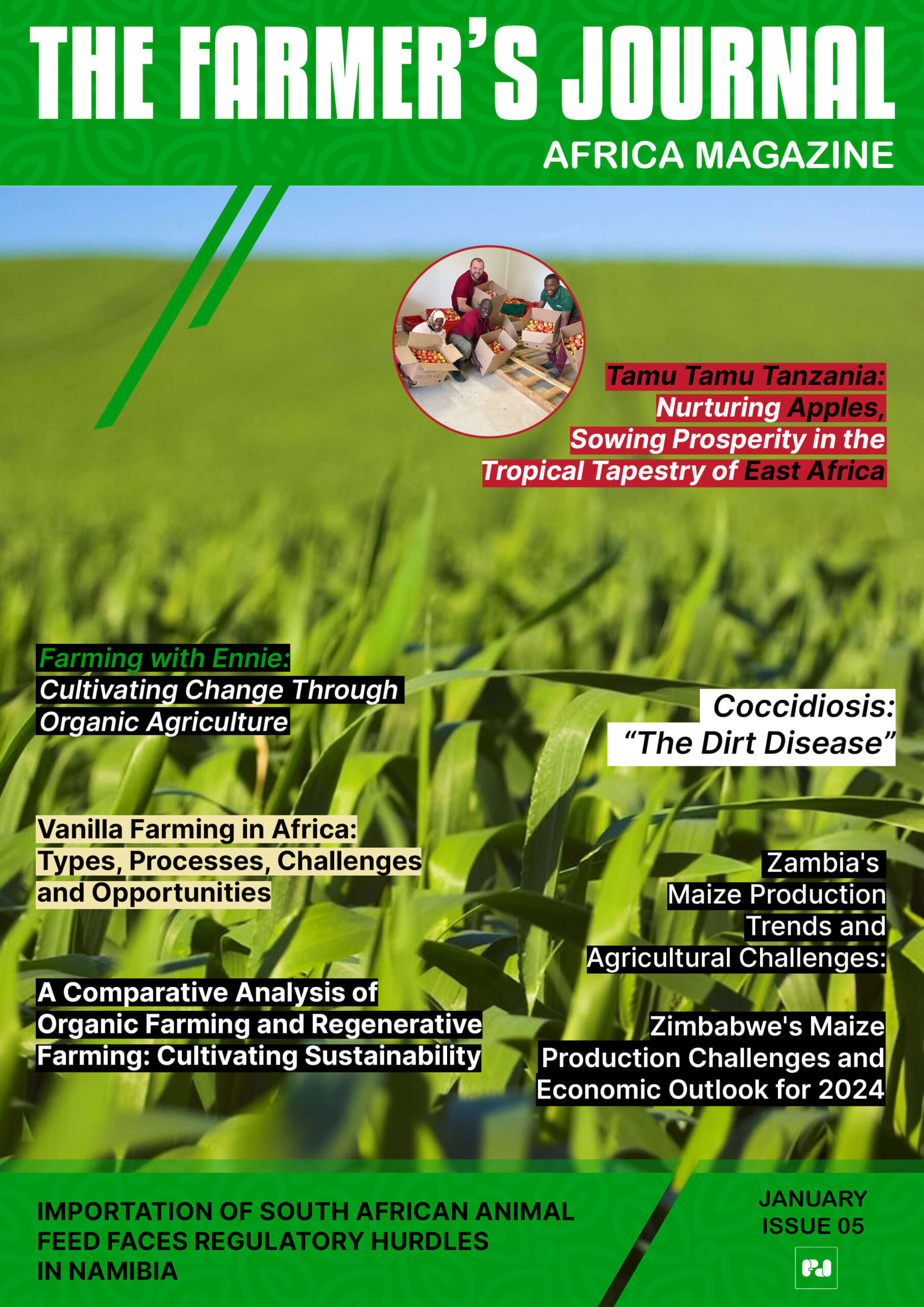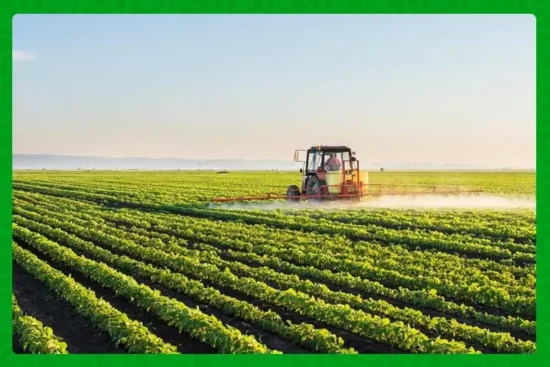
South Africa’s citrus industry is gearing up for a bumper 2025 season as export volumes are set to rise by 3.6 percent, reaching an estimated 171.1 million cartons of 15 kg fruit. With late mandarins stealing the spotlight, alongside steady growth in oranges and grapefruit, growers and exporters are cautiously optimistic about the road ahead.
A Promising Season Fueled by Late Mandarins
Late mandarin varieties are driving much of the projected growth. The star performers are Nadorcott and Tango mandarins, whose volumes are forecast to climb from 23.3 million cartons in 2024 to 25.7 million cartons this year. This surge reflects new orchards maturing and delivering their first significant yields. Meanwhile, other late mandarin types have increased from 2.7 million cartons to 3.2 million cartons, and steady outputs from Leanri and Orri, at 2.1 million cartons each, reinforce the late mandarin success story.
“We are cautiously optimistic about the season,” says Dr Boitshoko Ntshabele, CEO of the Citrus Growers’ Association of Southern Africa. “The solid growth trajectory the industry has been on has held so far. But serious threats remain. A significant one for this season is the tariff turmoil that could disrupt the US market for a portion of our growers.”
Mixed Outlook for Other Citrus Varieties
Although mandarins headline the good news, other categories paint a more varied picture. Early mandarins, led by clementines, are poised for a notable 10 percent increase, building on strong consumer demand for easy-peel fruit. Oranges and grapefruit are expected to edge higher, maintaining their role as reliable workhorses of the export mix. However lemons face a tougher road, with volumes projected to fall by 5 percent as global competition and shifting weather patterns squeeze yields.
Joburg Hosts Global Fresh Produce Leaders
As the citrus season gains momentum, Johannesburg will welcome the World Union of Wholesale Markets Conference from May 14 to 16 at the Sandton Convention Centre. Organized by Joburg Market, the continent’s largest fresh produce hub, this gathering will bring international delegates to discuss food security, climate resilience and market modernisation.
“As South Africa’s economic hub and home to Joburg Market, we are uniquely positioned to facilitate meaningful discussions on food security, sustainability and the modernisation of wholesale markets,” says Sello Makhubela, CEO of Joburg Market. Handling over 1.4 million tons of produce annually and processing around 600 000 transactions each month, the market sources from more than 8 000 producers and serves 14 000 buyers daily. With annual sales of US $590 million, its role in national food distribution is critical.
Investment and Infrastructure: Keys to Sustained Growth
Despite impressive numbers, Joburg Market faces stiff competition from private markets and major retailers. To stay ahead, it is seeking US $170 million in investment to expand trading space, enhance cold-storage capacity and broaden service offerings. For citrus exporters, efficient logistics, reliable cold chains and upgraded port facilities will be essential to maintain fruit quality and meet tight delivery windows in Europe and North America.
Navigating Tariff Uncertainty
One of the season’s biggest unknowns is the fate of preferential tariffs in the US. If duty advantages are rolled back for some grower groups, South African exporters could lose competitive pricing, particularly for late mandarins. Industry stakeholders are lobbying both local and international policymakers to safeguard access, arguing that stable market conditions benefit consumers and producers alike.
Looking Ahead
With a 3.6 percent increase in export volume on the horizon, South Africa’s citrus industry has much to celebrate. Late mandarins are capturing new market share, early mandarins and oranges hold their ground, and global dialogue at the WUWM conference promises fresh ideas for resilience. Yet success will depend on timely investments, robust infrastructure and clear trade policies. If these pieces fall into place, 2025 could mark not just growth in cartons shipped but real progress in earnings, jobs and sustainable agriculture across the citrus belt.
Stay updated with the latest farming tips and agriculture industry news from Africa by subscribing to our newsletter. Don’t miss out on valuable insights and updates. Follow us on Twitter, LinkedIn, and Facebook to join our farming community and stay connected with us.


















